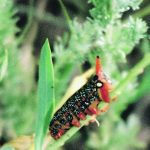Researchers gain a better understanding of how plants recognize peptides that caterpillars produce while feeding
Plants have inherited certain receptors that can recognize pathogens and diseases, which then triggers immune responses. But understanding how plants evolved that ability has been limited. Now scientists at the University of Washington are exploring key evolutionary events that enabled plants to develop responses to common threats. The research focused on the caterpillar. Researchers knew […] Read moreStories by Freelance writer

Manage coops for humidity, not temperature
Backyard chicken producers are urged to make sure they understand housing basics before bringing the birds home
The price of eggs — not to mention the idea of fluffy chicks — is enough to get even a confirmed suburbanite thinking about the merits of keeping a backyard flock these days. But eager chicken fanciers shouldn’t get ahead of themselves, says Cassandra Kirkpatrick, the urban hen and small flock programming instructor for the […] Read more
Veterinarians forge relationships with 4-H members
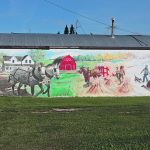
Mother and daughter mural painters

The road to foot and mouth was long, but the path was short
The 1952 foot and mouth outbreak in Sask., started with one man from Germany in October, by February it was well-spread
In 1951, the world was recovering from the Second World War, financially and emotionally. People looked for new ways to get ahead. Willi Bruntjen, a 29-year-old farm worker, left his homeland of Germany on Oct. 15 and came to Canada seeking a new life. He wore his only clothes, a brown suit, and carried a […] Read more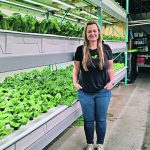
Local lettuce growers relieve shortage
An urban hydroponic farm in Edmonton capitalizes on public interest in local produce and recent shortage from the U.S.
Lettuce has been scarce in major Canadian grocery chains this winter, prompting many shoppers to take another look at local sources. Many sellers at farmers markets had already enjoyed increased sales since the beginning of the COVID-19 pandemic, when more consumers took an interest in supporting local businesses. One such business is Vertical Roots Canada, […] Read more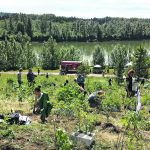
Urban food forest project bears fruit
What started as an effort to plant tree belts along Edmonton’s freeways now focuses mainly on trees that produce food
A half-filled ravine that feeds into the North Saskatchewan River was about to become another part of the Edmonton freeway system when it was saved by public protest. What followed was a two-phase project to create the MacKinnon Food Forest. In collaboration with the Roots for Trees team within the City of Edmonton, Dustin Bajer, […] Read more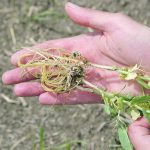
Plant roots use hydro-signalling to sense water
Hormones respond to the presence or absence of water, allowing roots to stop growing when they lose contact with it
Roots are central to plant growth and recent research has shown just how efficient they are and how precisely they forage to find water, minimize water stress and adapt their shape while branching out to secure moisture. Now, researchers at the University of Nottingham in the United Kingdom have discovered how roots pause their branching […] Read more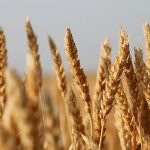
Researchers discover semi-dwarf wheat gene
Wheat with the Rht13 gene could be bred with other varieties to expand the production of climate resilient crops
Semi-dwarf wheat varieties have been used for decades, but they have limitations. The dwarfing aspect affects all stages of growth including the restricted growth of a seedling and the emergence of the first leaf and stem that will transport the young plant from its embryo stage to the soil surface, a process known as coleoptile. […] Read more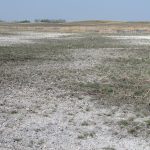
Activity at cellular level helps plants avoid salt damage
A hormone is activated when plants sense local deposits of salt, which triggers a response for roots to avoid the area
Plants do not like salt. To avoid saline areas, they have a vital mechanism that allows them to change their root direction and grow away from it. But how they do that has been unclear until now. Recently, researchers at the University of Copenhagen in Denmark discovered what happens inside plants at the cellular and […] Read more
